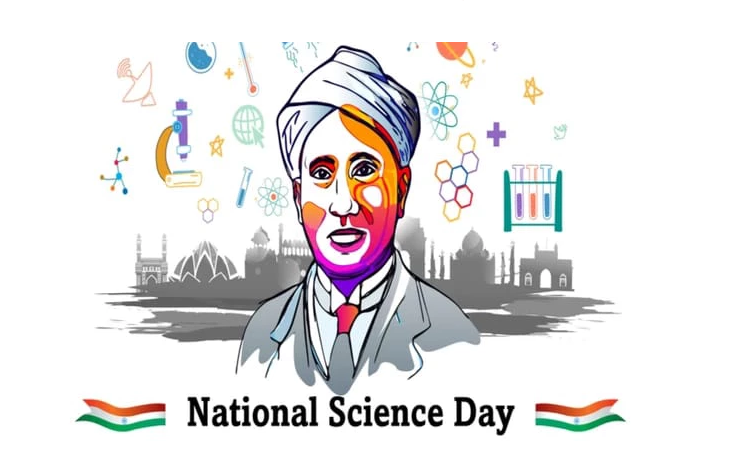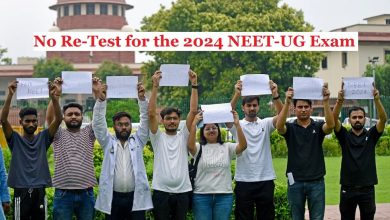National Science Day February 28: What students should know about National Science Day.
National Science Day or Rashtriya Vigyan Divas is celebrated on 28 February to commemorate the discovery of the Raman Effect by Indian physicist Chandrasekhar Venkata Raman.

India celebrates National Science Day or Rashtriya Vigyan Divas every year on 28 February to commemorate the remarkable work of Indian physicist CV Raman in the field of light scattering. Known as one of the greatest scientists of all time and an inspiration to many, Raman’s work has often been instrumental in modern science, and his life has been a source of inspiration to many.
CV Raman discovered the Raman Effect while working in the laboratory of the Indian Association for the Cultivation of Science, Kolkata. For his discovery, CV Raman was awarded the prestigious Nobel Prize in Physics.
Also Read: JEE-Advanced 2022 Exam Dates Announced; Check exam schedule here.
Since 1987, India has celebrated this day as National Science Day to pay tribute to the great scientist.
Here are some facts about CV Raman and National Science Day or Rashtriya Vigyan Divas celebrations that students should know:
- CV Raman received the highest civilian award of India, Bharat Ratna, in 1954.
- He was awarded the 1930 Nobel Prize in Physics “for his work on the scattering of light and for the discovery of the effect named after him”.
- The objective of celebrating Rashtriya Vigyan Divas is to propagate the importance of science and its application among people.
- In 1986, the National Council for Science and Technology Communication (NCSTC) asked the Government of India to declare February 28 as Rashtriya Vigyan Divas.
- The Government of India accepted the proposal and declared the day as Rashtriya Vigyan Divas. The first Rashtriya Vigyan Divas was celebrated on February 28, 1987.
- The theme of Rashtriya Vigyan Divas 2022 is ‘Integrated Approach in Science and Technology for Sustainable Future’.
- National Council for Science and Technology Communication (NCSTC) of the Department of Science and Technology (DST) is the nodal agency to support and coordinate celebration of the Rashtriya Vigyan Divas in the country, particularly at scientific institutions and research laboratories.
- Rashtriya Vigyan Divas is celebrated by organising public speeches, radio and TV programmes, science movies, science exhibitions on themes and concepts, debates, quiz competitions, lectures and science model exhibitions.
Why is National Science or Rashtriya Vigyan Divas Day celebrated on February 28?
Every year, India celebrates National Science Day to remember the discovery of the Raman Effect, a discovery that also earned him the Nobel Prize in 1930 in the field of Physics. During his trip to Europe in 1921, Raman became intrigued after seeing the blue colour of the Mediterranean Sea, which led him to conduct various experiments with transparent surfaces, ice blocks, and light.
Raman then noted a change in wavelength after light passed through ice cubes. Soon after, he announced his discovery to the world, and a new phenomenon was born. Raman’s work was published, and it became quite valuable in the world of science.
Later, it was due to the request by the National Council for Science and Technology Communication (NCSTC) that February 28 started being celebrated as National Science Day (NSD). CV Raman is still remembered for his remarkable discovery. He died in 1970 at the age of 82.





